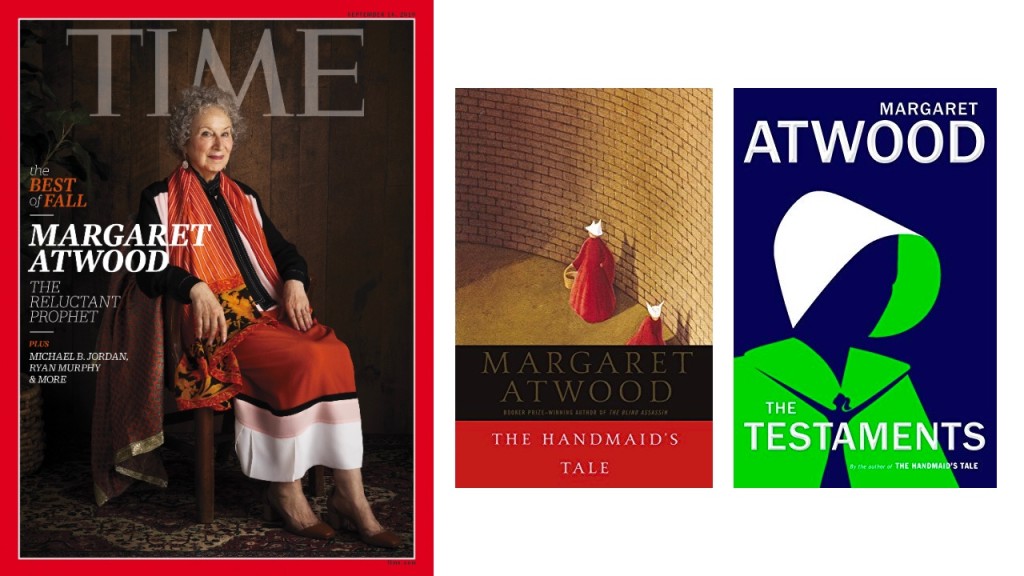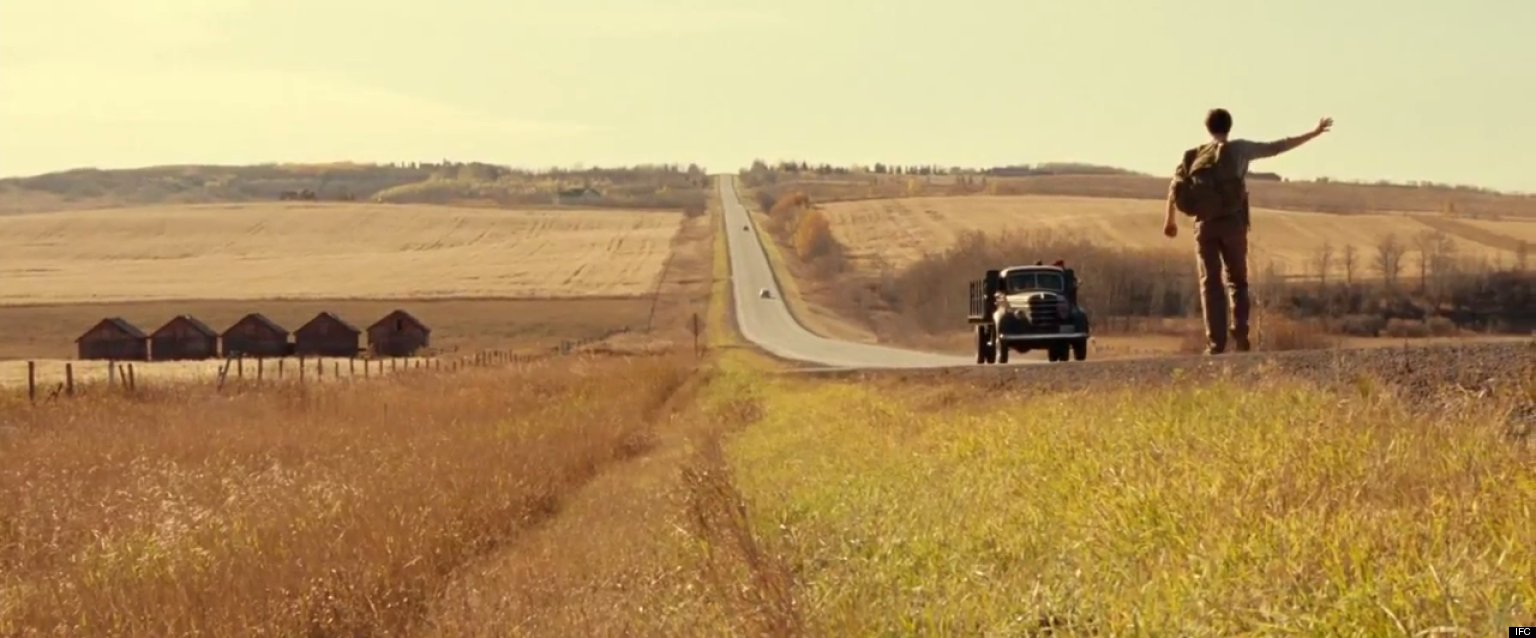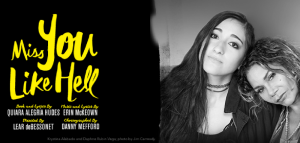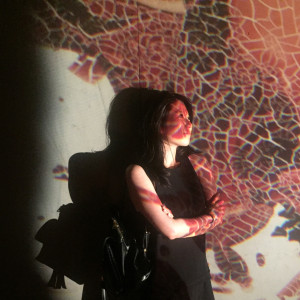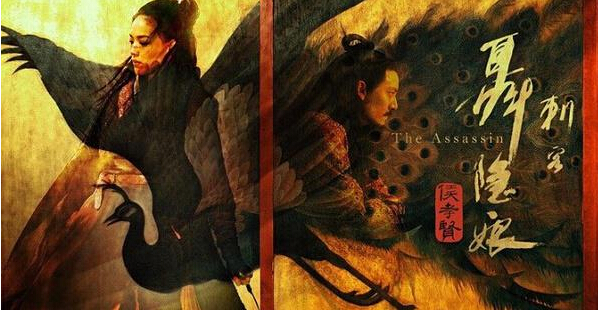 The opening scene of “The One I Love” (2014) shows couple Ethan (Mark Duplass) and Sophie (Elizabeth Moss) in a joint therapy session. Their marriage is on the rocks because Ethan had cheated and the two are struggling. Their therapist recommends that they go on a weekend getaway.
The opening scene of “The One I Love” (2014) shows couple Ethan (Mark Duplass) and Sophie (Elizabeth Moss) in a joint therapy session. Their marriage is on the rocks because Ethan had cheated and the two are struggling. Their therapist recommends that they go on a weekend getaway.
“The perfect retreat. Just the two of you,” he says, adding that it will give them “a chance to reset the reset button.”
The couple drives out to a country estate. Initially, the getaway seems to do them good. They cook, get high, and appear to have a good time. They seem to have rediscovered the playfulness and excitement in their relationship. The twist: there is something weird and sci-fi going on at the seemingly idyllic estate.
Given that the trailer for “The One I Love” carefully conceals the film’s plot and gives very little away (brilliantly put together ), I will also refrain from saying too much, except to say that I highly recommend the film.

